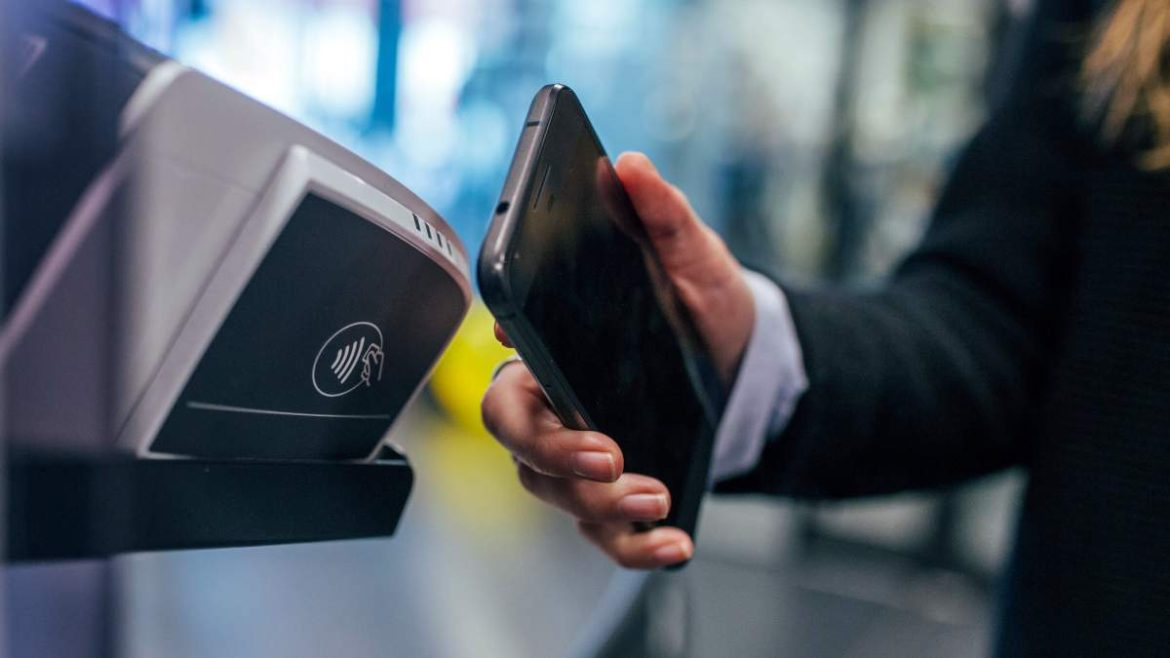NFC technology is not considered a modern technology now, but it has become one of the most popular communication technologies over the past years, due to its increasing ease of use and versatility, but despite this, many or most users do not know what NFC technology is and how it works, which is what we are trying It is simplified in the following line, with an explanation of the advantages of NFC technology and the most prominent cases of its use.
What is NFC Technology ?
NFC technology allows devices to communicate with each other by touching or placing them in close proximity (within a few centimeters). NFC is a short-range wireless communication technology. NFC technology is based on a subset of RFID radio frequency identification technology, which is commonly used in credit cards and passports. and other devices.
How does NFC technology work ?
NFC operates at a frequency of 13.56MHz and relies on inductive coupling, which means that when two NFC-compatible devices come close to each other, they create a magnetic field that allows them to exchange data.
NFC technology works in two modes: passive mode and active mode. In passive mode, one device (such as an Apple Airtag) sends data to another device (a phone such as the iPhone 14 Pro) without the need for a power source. In active mode, both devices are active and can exchange data in both directions.
What are the Advantages of NFC Technology ?
NFC technology offers many advantages, including :
- Convenience: NFC technology enables quick and easy communication between devices, making it ideal for wireless payments, tickets, and other applications that require speed and ease of use.
- Security: NFC uses encryption to ensure data is transmitted securely between devices, making it a secure method for payments and other sensitive applications.
- Diversity: NFC technology can be used in a wide range of applications, including wireless payments, access control, loyalty programs, and more.
- Compatibility: NFC technology is compatible with a wide range of devices, including smartphones, tablets, and other NFC-enabled devices.
What are the most prominent use cases for NFC technology ?
The use cases of NFC technology vary in a wide range of areas, most notably:
- Wireless Payments: NFC technology is commonly used for wireless payments, allowing users to pay for goods and services simply by touching their smartphone or other NFC-enabled device to the payment device.
- Access Control: NFC technology can be used for access control, allowing users to access secure areas by touching an ID card or an enabled smartphone to the access control reader.
- Loyalty programs: NFC technology can be used for loyalty programs, allowing users to earn points and redeem them for rewards by simply touching an NFC-enabled loyalty card or smartphone to the reader.
Tickets: NFC technology can be used to purchase and access tickets by touching an enabled device on the ticket reader.





